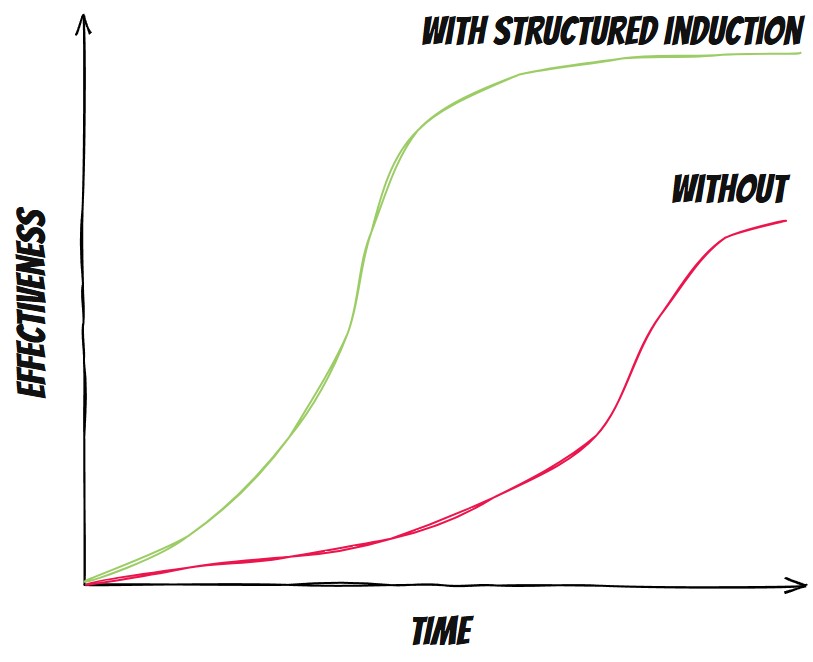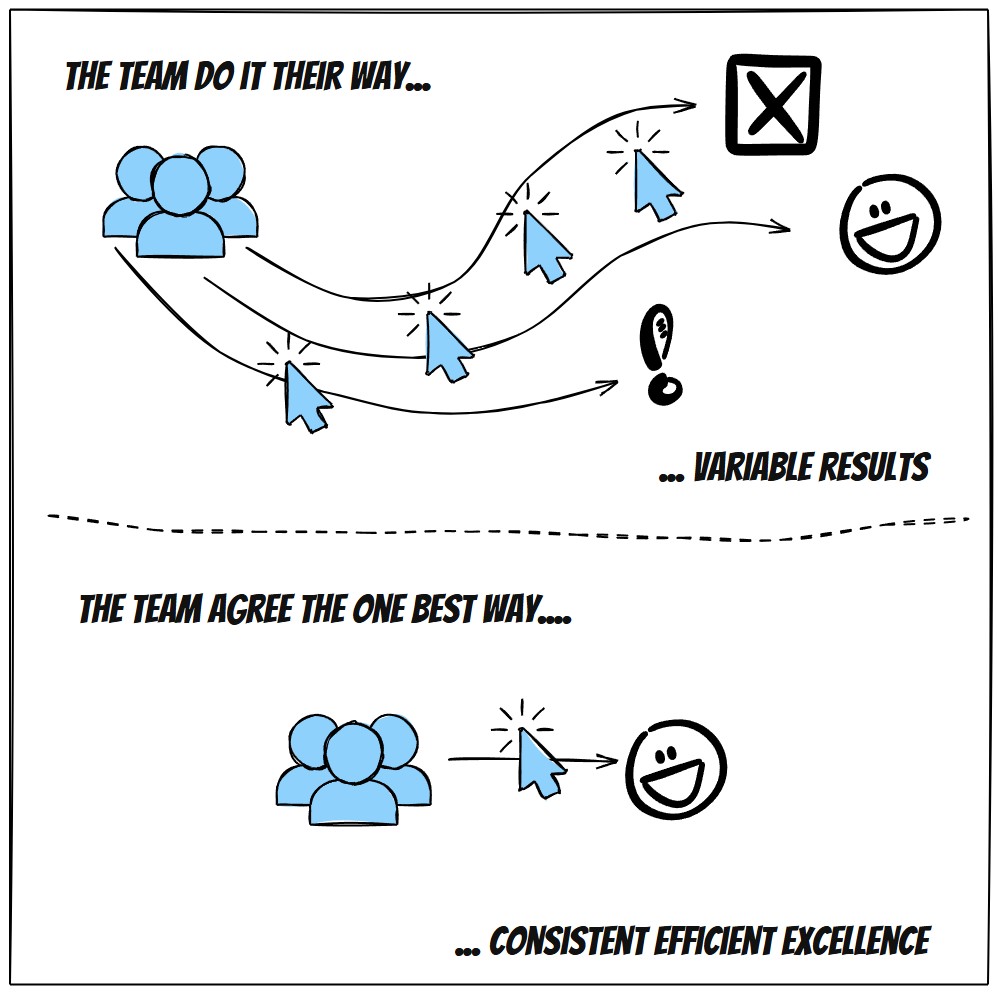In short, make your induction process amazing!
We all want to witness new staff joining the business and being able to dive straight in, don’t we?
So, how can we do this?
A few ideas come to mind, so let me share them here.
Document your processes
Documentation is a key aspect of capturing knowledge in a business. If you want to retain the way your systems and processes work, writing something down is key.
In our current times, writing things down might extend to videos, online SOP software, screenshot, crib sheets, help guides.
Whatever route you take, we want to be able to tell our new member of staff how we want them to perform their tasks. With this in mind, err on the side of SOPs (Standard Operating Procedures), so you get what you want.

Structure your induction
Having a plan of how you want to share your knowledge and expectations with your new team member is also vital when it comes to getting up to speed as quickly as possible.
This can be as structured as you need it to be, but it should include what you want to cover, what / who is best to share this knowledge and when you want it covered by.
Going back to expectations, this is an ideal time to explain what a good performance looks like. If you expect them to be able to input ten purchase orders an hour (once they are competent), tell them. It is far easier this way around than during their probation meeting!
Assign a buddy
Having a competent and knowledgeable team member assigned to support them for their first few weeks can work wonders also.
We’re not talking about babysitting here, we’re talking about a person to go to if the new person is unsure of something. It also works well if the buddy checks in with them from time to time to make sure they are picking things up in the right way.
Again, you’ll know how best to structure this based on your business.
What about a test?
A competency test is something that divides a lot of people I talk to. School… is the response that often comes to mind for those that aren’t keen.
But what if it wasn’t so overt and you have some clear milestones you want your new person to achieve. It can be up to you whether you make this formal or not. Demonstrating that they have gained some knowledge, or can physically perform a task without error… this is just management, surely?
I’ll leave the decision to formally test up to you, but having a clear goal for the new starter again provides focus and can help reduce their time to get up to speed.
Improving the induction process
If you wanted to take all of this to the next level, you could track how long it takes for a staff member in a certain role to become competent. This would vary person to person, but over time you could build a trend and see if you are on the right lines.
Future changes would impact the trend, providing feedback on how to make your induction process as effective and as short as possible.
Getting started
Whatever you choose to do, based on this article, feel free to start small but do something.
You can make the onboarding and induction process easier when you have a documented business, so starting there might make sense for most of us.
And, when your new starter finds holes in your documentation, their buddy can help plug the gap immediately with their knowledge. Adding to your documentation after that is then order of the day.
The benefits of having your new starters effective and up to speed as fast as possible don’t need to be explained. I hope you have taken a few points away from this article and enjoy upgrading your own induction process.
